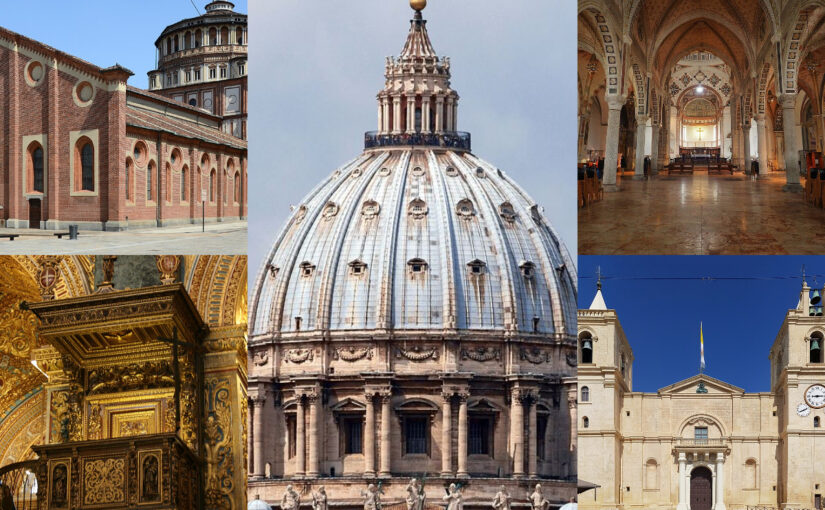In the midst of Mediterranean sunlight, the silhouettes of Renaissance and Baroque churches command city skylines and rural landscapes with enduring elegance. These sanctuaries mark a pivotal transition in European architecture, a journey from the constraints of Gothic engineering to a new era of symmetry, classical grace, and, later, explosive theatricality. For nearly four centuries, church builders across Italy, Malta, and Germany reimagined sacred space, beginning with the measured poise of the Renaissance and culminating in the swirling spectacle of the Baroque.
From Gothic Roots to Renaissance Radiance
The Renaissance blossomed first in Italy, inspired by rediscoveries of ancient Roman and Greek texts, ruins, and ideals. Architects and patrons were seized by a desire for order and harmony, reflected in the precise geometry of church plans, the balanced rhythm of columns, and the measured grandeur of domes. No longer would verticality and shadow define sacred architecture; instead, sunlight poured in through proportioned windows under coffered vaults, tracing a path toward enlightenment and human achievement.
Renaissance churches became the architectural proving ground of cities and artists alike. Municipal pride, religious competition, and artistic genius spurred projects such as Florence’s Santa Maria del Fiore or Milan’s Santa Maria delle Grazie. Here, communal impulses and aesthetic mastery merged, transforming these churches into symbols of urban renewal and cultural aspiration.
Baroque architecture erupted from these ordered roots in the late 16th and 17th centuries, propelled by the dynamic and emotive spirit of the Counter-Reformation. Builders abandoned restraint for drama. Facades undulated, interiors swept worshipers into movement and awe. Technological advances in dome engineering, illusionistic painting, and acoustical planning allowed designers to sculpt space itself, crafting churches as immersive worlds where architecture, sculpture, and painting united in a “total work of art”.
Renaissance Order and Baroque Spectacle
Renaissance churches are defined by their symmetry, central plans, and references to classical antiquity. Architects placed harmonious domes above square or cross-shaped naves, crowned altars with rounded apses, and flanked entrances with stately columns. The language of Vitruvius, emphasizing order, measure, and proportion, guided every detail.
Baroque sanctuaries, however, delight in tension, movement, and surprise. Columns spiral, marble gleams in multifaceted colors, and gilded altarpieces draw the eye from every angle. Stucco and painted ceilings, filled with angels and clouds, dissolve the boundaries between earth and heaven. Chapels and aisles are flooded with shifting sunlight that animates elaborate frescoes and sculptural groups.
Throughout the Mediterranean, local traditions influenced the materials and artistry. Italian churches used polychrome marble, masterful frescoes, and sculpture in ways that called back to ancient temples but announced a new, creative boldness. Maltese builders tapped local limestone and imbued their chapels with gold leaf and vivid color. In Germany, Rococo sanctuaries picked up the rhythm of Mediterranean Baroque, translating it into whimsical lightness and playful delight.
Four Exemplars of Mastery
St. Peter’s Basilica, Vatican (completed 1626, Renaissance/Baroque)
St. Peter’s Basilica in Vatican City, completed in 1626, stands as the crowning achievement of both Renaissance vision and Baroque ambition. Its history is a tapestry woven by Bramante, Michelangelo, Maderno, and Bernini. The colossal dome pivots above a vast symmetrical nave, its surface carved with classical motifs, while the Baroque piazza outside embraces visitors in Bernini’s monumental colonnades. Inside, swirling marble, golden sunlight, and dramatic statuary announce the triumph of faith and art. This basilica represents the Mediterranean ideal writ large, synthesizing order and awe in an unparalleled sacred setting.
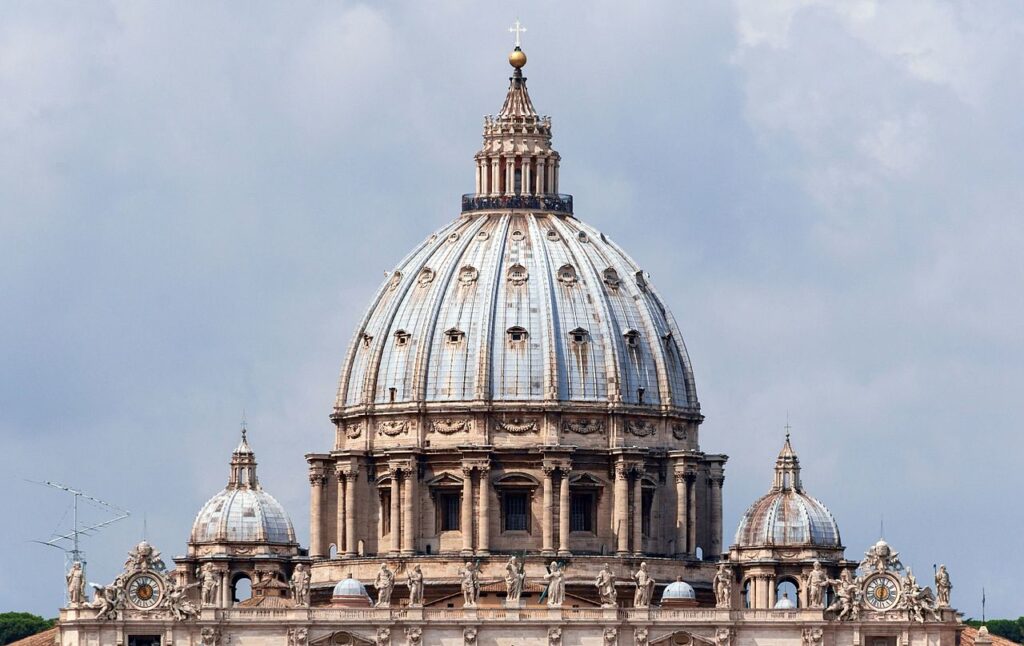
St. John’s Co-Cathedral, Valletta, Malta (1577, Baroque)
St. John’s Co-Cathedral, built in Valletta, Malta in 1577, offers a contrast of exterior restraint and interior opulence. Its limestone shell conceals a riot of gilded chapels, painted ceilings, and intricate marble tombs. Created for the Knights of Malta, its Baroque interior dazzles with rich ornamentation and sacred drama. Here, light and materiality converge, nurturing a spiritual experience suffused with splendor and reverence.
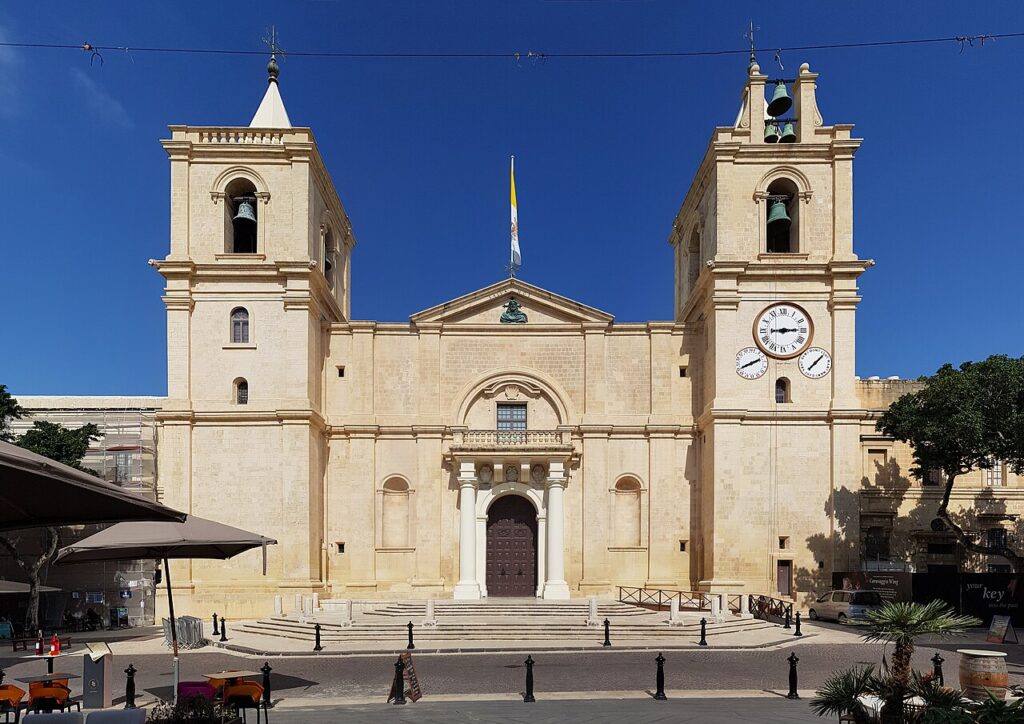
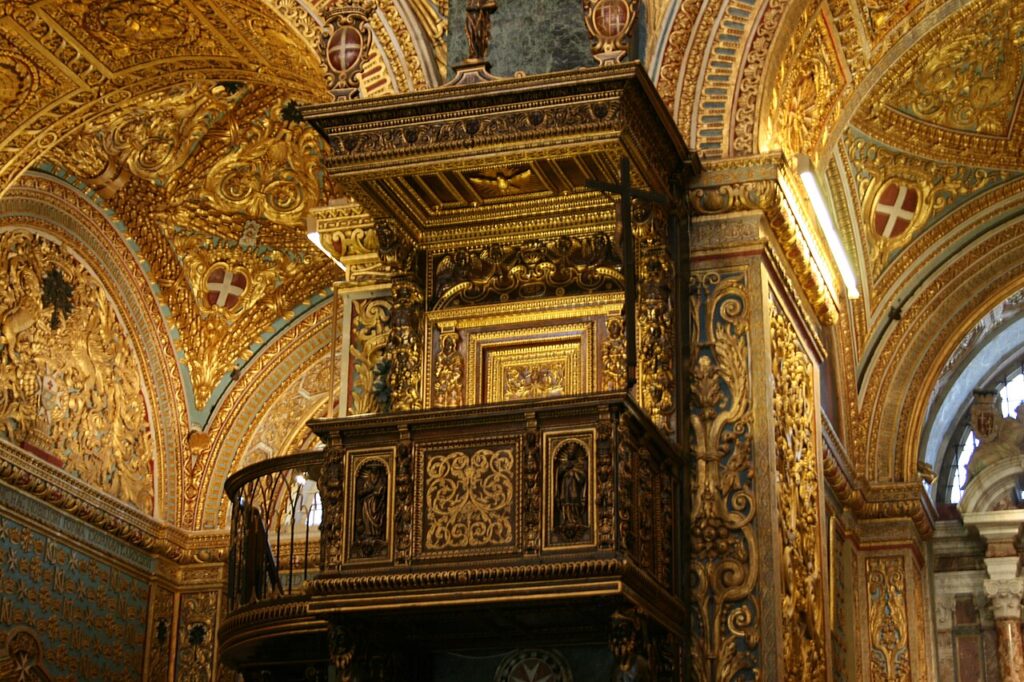
Santa Maria delle Grazie, Milan (1463, Renaissance)
Santa Maria delle Grazie in Milan, begun in 1463, anchors the Renaissance ideal in both architecture and art. Its harmonious façade, balanced layout, and domed crossing speak the language of proportion and clarity. Within its refectory, Leonardo da Vinci’s “Last Supper” illuminates the walls with psychological depth and narrative unity, capturing the Renaissance pursuit of understanding through beauty, science, and faith.
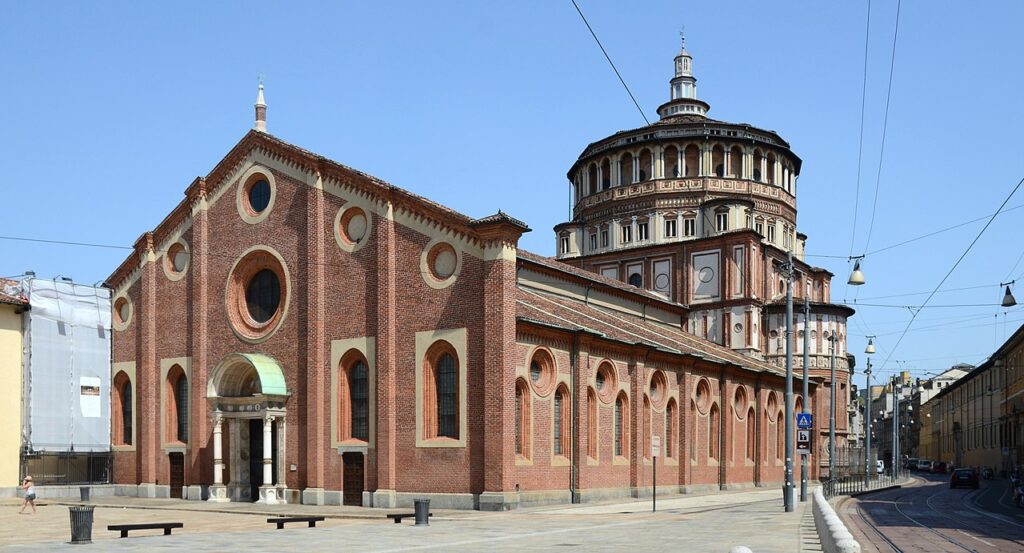
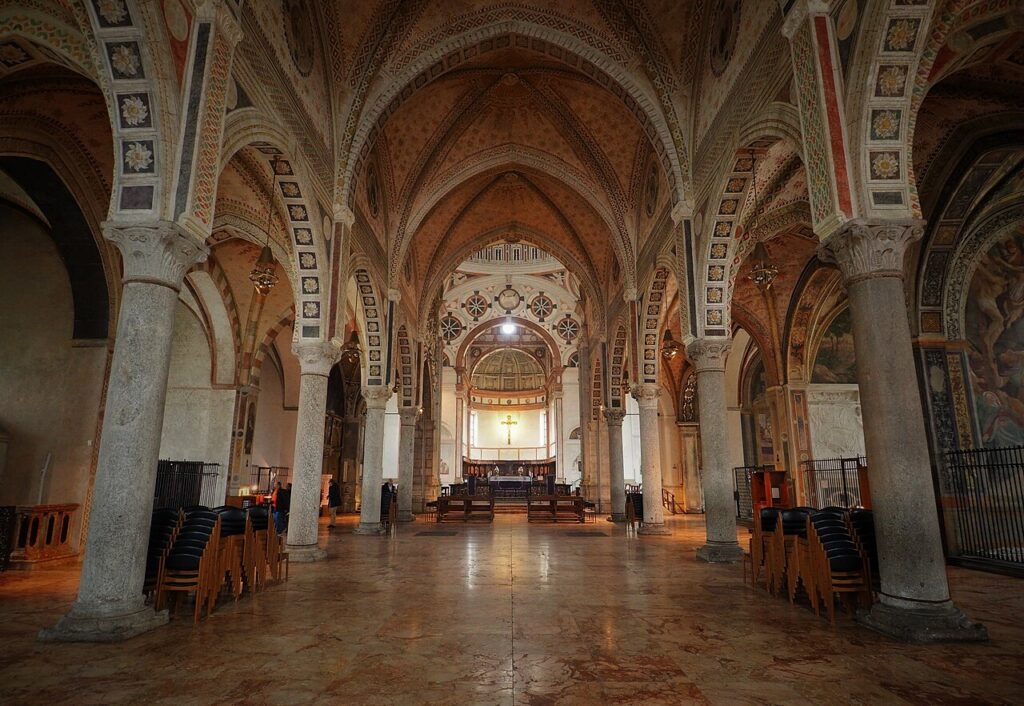
Architecture as Community, Identity, and Transformation
These Mediterranean churches shaped their cities and regions in ways that transcend stone and mortar. They served as communal hubs, venues for civic rites, and repositories of artistic genius. Urban landscapes were reordered to accommodate their grand facades, expansive piazzas, and sweeping interiors. Artists, sculptors, and musicians found their highest calling in adorning these spaces, embedding local and universal narratives in every corner.
Architecture became a “total work of art,” enveloping worshipers in unity of image, sound, and ritual. Light filtered through stained glass and fresco bathed congregations in theological symbolism. Acoustics carried music and voice, unifying crowds in prayer and celebration. These environments fostered both spiritual encounters and civic pride, intertwining sacred and secular life in unforgettable ways.
Enduring Legacy and Timeless Wonder
Renaissance and Baroque churches remain touchstones for Mediterranean cities, their grandeur drawing pilgrims, historians, and travelers alike. The ideals of harmony, drama, and unity continue to inspire architects and artists, shaping everything from civic buildings to contemporary worship spaces.
Their legacy endures in the endless stories told beneath domes and arches, in the laughter echoing from Baroque chapels, in silent awe before marble tombs, and in the quest to grasp the divine through human ingenuity and creativity.
To visit these churches is to walk in the footprints of visionaries, craftsmen, and communities that remade the Mediterranean world. Their stones are more than relics. They are living invitations to witness harmony and drama, order and exuberance, as deep and enduring as the faith they were built to celebrate.
References and Suggested Reading
- Renaissance Architecture, Wikipedia: https://en.wikipedia.org/wiki/Renaissance_architecture
- Baroque Architecture Explained, Gentleman’s Gazette: https://www.gentlemansgazette.com/baroque-architecture-guide-explained/
- Architecture of Cathedrals and Great Churches, Wikipedia: https://en.wikipedia.org/wiki/Architecture_of_cathedrals_and_great_churches
- Exploring the Churches of Naples: Gothic, Renaissance and Baroque Art, NaplesBay: https://naplesbay.it/en/2024/09/03/exploring-the-churches-of-naples-gothic-renaissance-and-baroque-art/
- Renaissance Architecture in Italy, Academia.edu: https://www.academia.edu/40160761/RENAISSANCE_ARCHITECTURE_IN_ITALY_15_TH_19_TH_CENTURY
Begin planning your journey or study soon, as these masterpieces wait to welcome new generations and instill wonder beneath their domes and among their gilded chapels.
If our work has inspired you, helped you grow, or simply brought a little warmth to your day, consider supporting Thalysia.com with a small donation. Your contribution helps us continue exploring ancient landscapes, documenting local traditions, and celebrating the art of living well.
